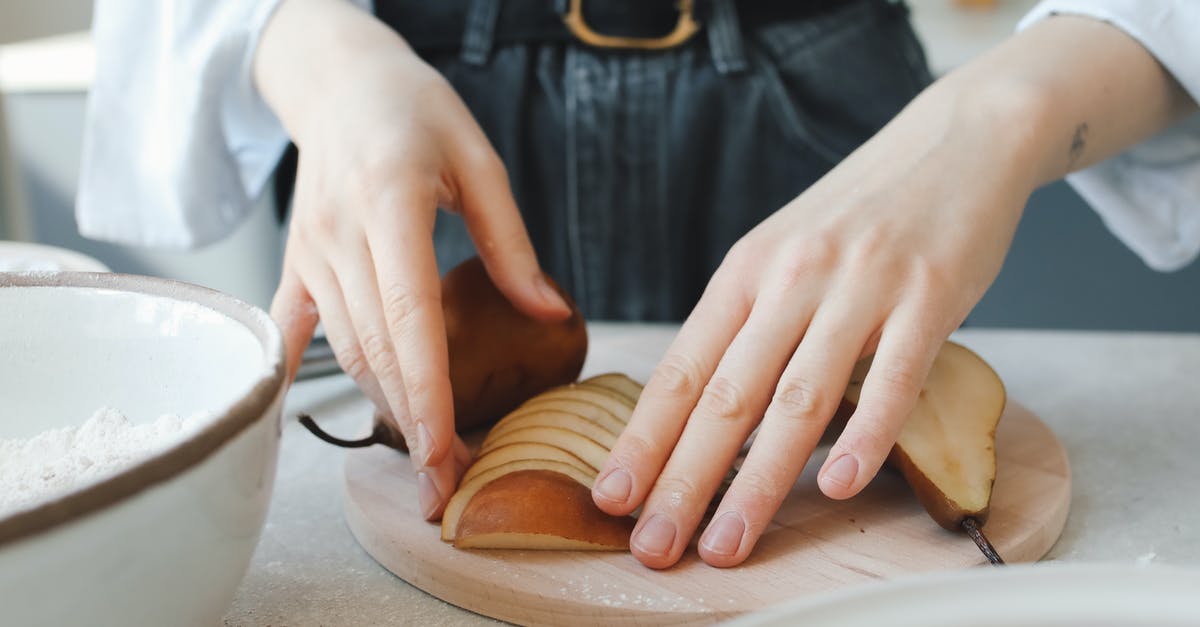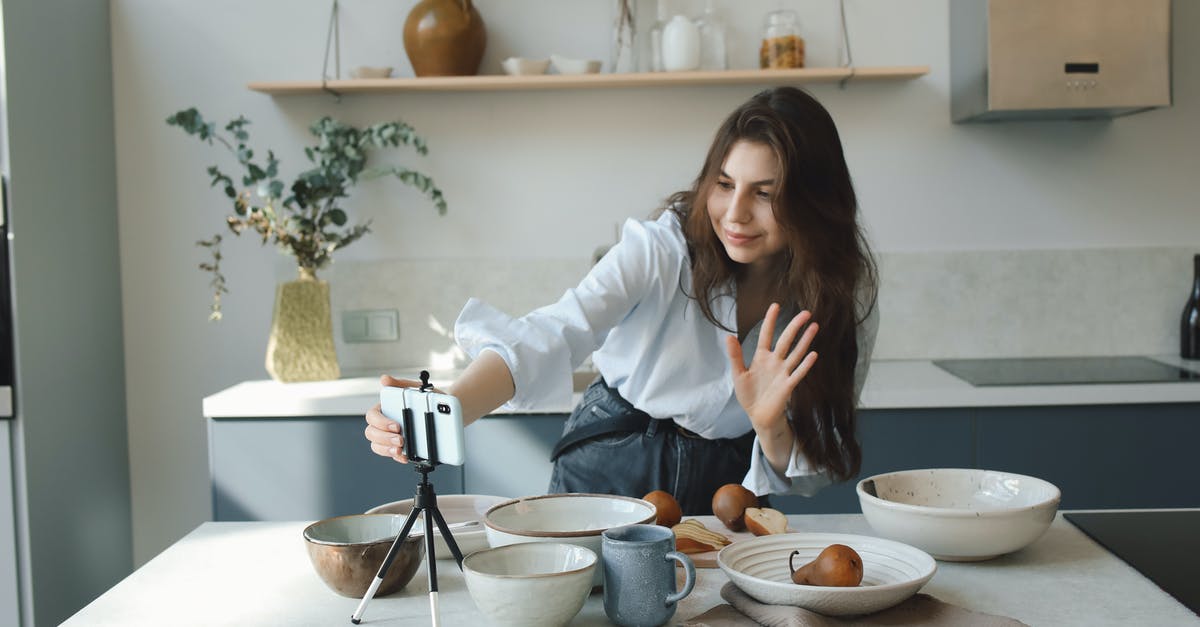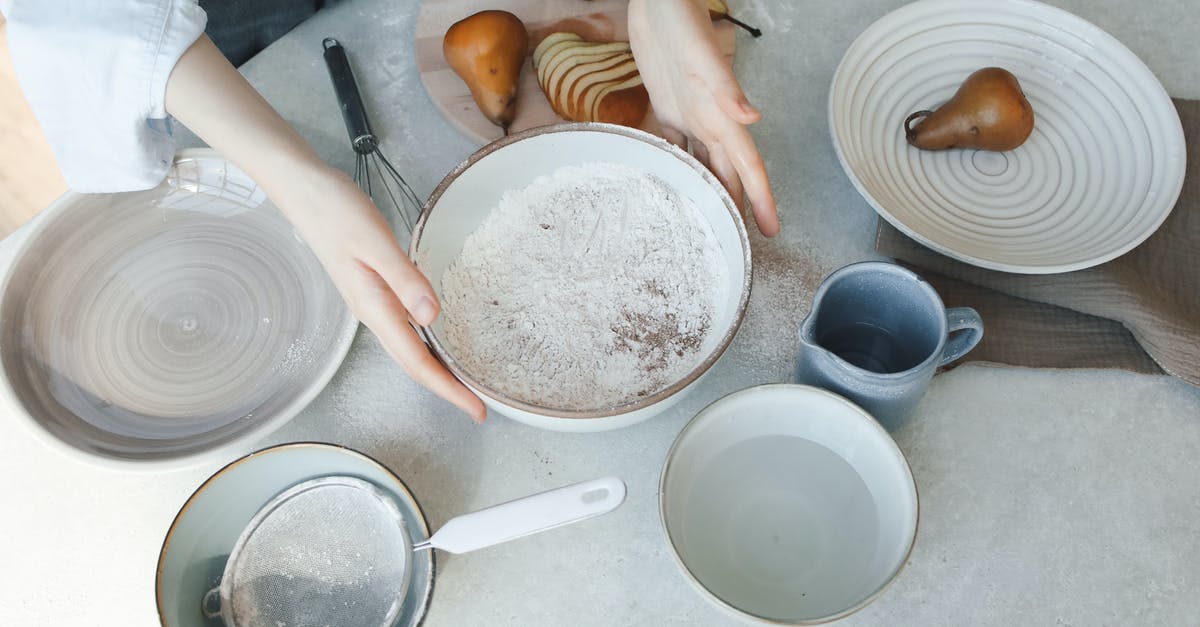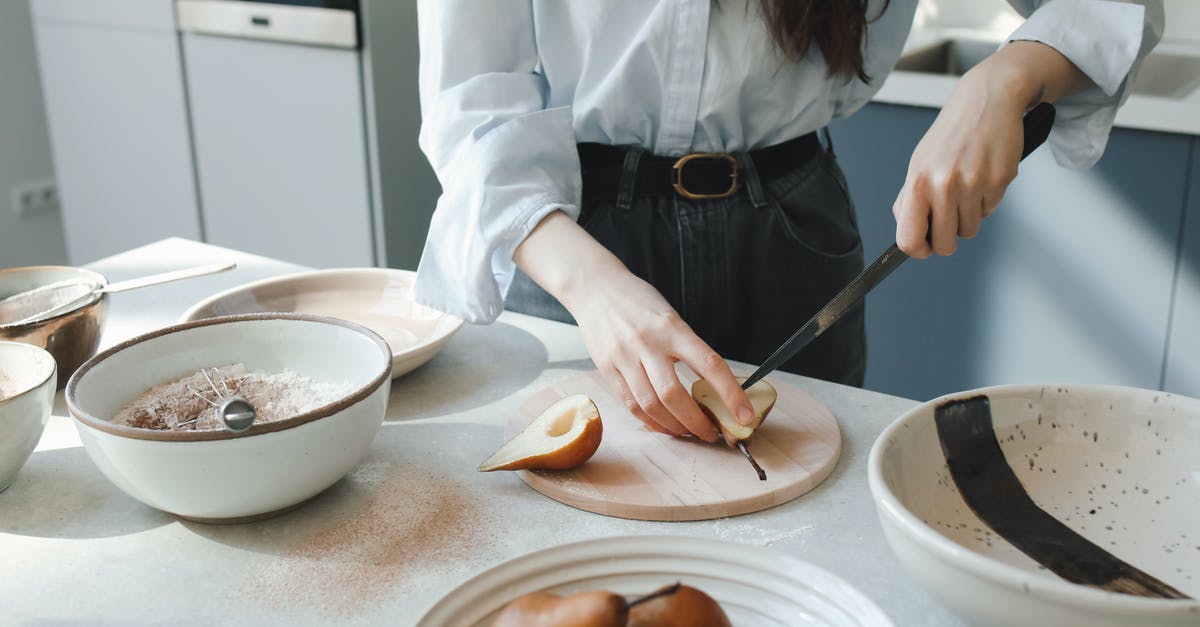How to sequence better while cooking

I often struggle with sequencing specific cooking activities in the kitchen, and either panic, screw something up, or more often than not the dish takes a lot longer to cook. I've tried prepping more, but I find that takes long and my cooking is delayed. If I follow a recipe, things usually turn out well, but when I'm free-cooking I tend to run into trouble. I know this problem is relating to something called sequencing. Does anyone have any good basic pointers that I could start with for sequencing so I can be more capable in the kitchen?
Best Answer
I actually routinely peel thing 2 while thing 1 is frying. To me the key is to work out your critical path. But you don't have to plan as I do. Just work out what your goal is:
- get everything done in the least time possible
- get everything done as calmly as possible
- make sure nothing burns, dries out, overcooks, or cools and gets gluey
Say you want to make a piece of panfried meat (steak, chop, chicken etc) that needs to rest, along with mashed potatoes and some steamed veggies. So work out all the steps and how long they take:
- sear meat 3 min each side, 10 min in oven (oh ooh, need to preheat oven), rest 10 min
- peel potatoes 5 min (or however long you need), water come to boil 10 min, boil 10 min, mash 1 min
- prep veggies 5 min, heat up steaming water 5 min, steam 5 min
(You can adjust all these numbers of course.)
Now you can sort it out into order so that you take as little time as possible and end up done at the same time.
- dinner - 26 minutes: start searing steak. Preheat oven.
- put potato water on to boil
- peel potatoes (partway through, turn steak)
- should be about dinner - 20 minutes now. Put steak in oven.
- wait 5 minutes (tidy up?)
- dinner - 15 minutes put potatoes into water
- turn on steaming water
- prep veggies
- dinner - 10 minutes, steak out to rest
- dinner - 5 minutes, put veggies into steam
- dinner - 1 minute, mash potatoes, put into serving bowl, put veg into serving bowl, put steak onto serving plate, dinner is ready
The exact order will be different every time but you work it out by finding the longest chain and starting that first. For each thing you want to end up serving, you need to work back the steps to get you there and therefore when you want to start that chain. Keep in mind that an oven can preheat or a pot can boil for a few extra minutes without consequences.
Now this approach keeps the overall time the lowest and gets it all on the table at once. But you might find that too stressy. So you could do it like this:
- preheat oven
- peel potatoes and put them in a pan of cold water.
- prep the veggies and put them in the cold steamer.
- pan fry the steak, focusing on nothing else for 6 minutes
- put the steak in the oven
- turn the heat on under the potatoes
- after 10 minutes, take the steak out of the oven to rest
- turn the heat on under the steaming veg
- after 10 minutes, everything should be ready
This takes 10 minutes longer because you "get your mise en place together" (that is do all the peeling and prepping) before you do anything else. But it spares you doing two things at once, and if your peeling takes 7 minutes instead of 5, all that happens is you eat a little later, you don't throw other timings off because you haven't started anything else yet.
It doesn't matter which of these approaches you take, you can still work out the order and the times when you just need to wait for a bit. As you get faster at prepping and more confident in your prep time, you may naturally start to take a more overlapping approach.
Pictures about "How to sequence better while cooking"



What is the proper Sequencing?
A proper sequence provides the learners with a pattern of relationship so that each activity has a definite purpose. The more meaningful the content, the easier it is to learn and, consequently, the more effective the instruction. Proper sequencing also helps to avoid inconsistencies in the content of the instruction.Why is it important to follow the sequence order of the recipe?
Ingredients should be listed in the order they are used in the recipe in order to prevent leaving out any ingredients. The recipe should have directions for how to prepare it. The steps need to be listed in the order they should be done. Numbered steps are easy to follow & help to prevent steps from being skipped.Why is Sequencing important?
Sequencing is one of many skills that contributes to students' ability to comprehend what they read. Sequencing refers to the identification of the components of a story \u2014 the beginning, middle, and end \u2014 and also to the ability to retell the events within a given text in the order in which they occurred.How do you read a recipe for kids?
Read the recipe together Older children can read the ingredient list, gather the necessary ingredients, and read the recipe instructions aloud, step-by-step, as you go. Keep it simple for little ones. For example, \u201cA recipe tells us what we need to make our cupcakes, and how to make them.50 Cooking Tips With Gordon Ramsay | Part One
More answers regarding how to sequence better while cooking
Answer 2
The short answer...This is mostly about timing and organization. Most important is, mise en place, that is, prep everything you are going to need so that you are ready to actually cook. For example, you don't want to be peeling something as another ingredient is frying. When everything is prepped, start with the item that is going to take the longest to cook...timing things so that everything is done at about the same time.
Sources: Stack Exchange - This article follows the attribution requirements of Stack Exchange and is licensed under CC BY-SA 3.0.
Images: Polina Tankilevitch, Polina Tankilevitch, Polina Tankilevitch, Polina Tankilevitch
